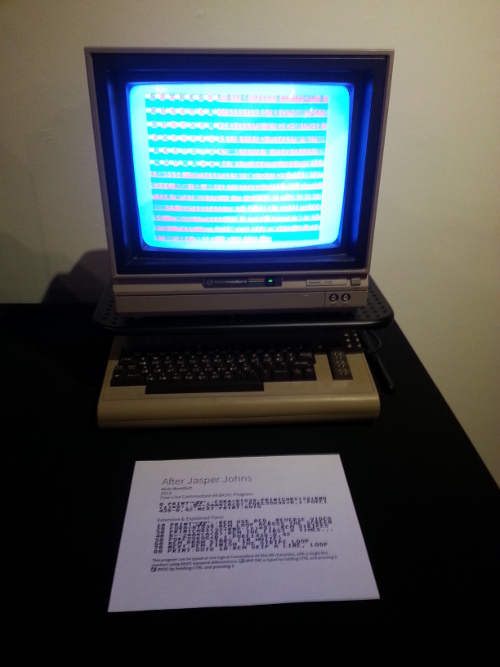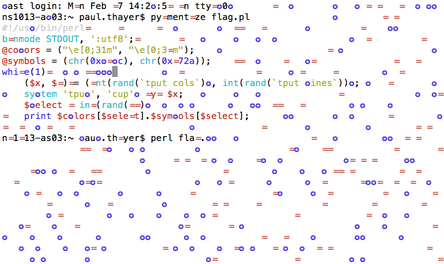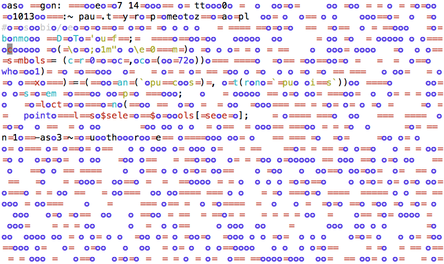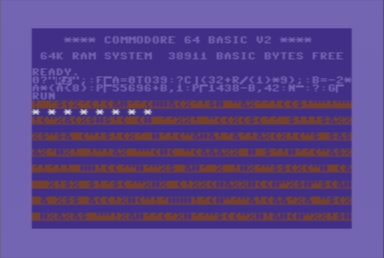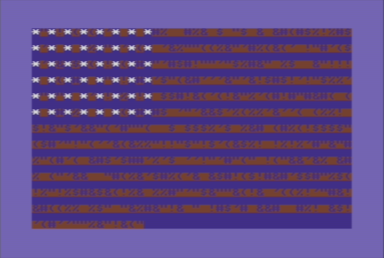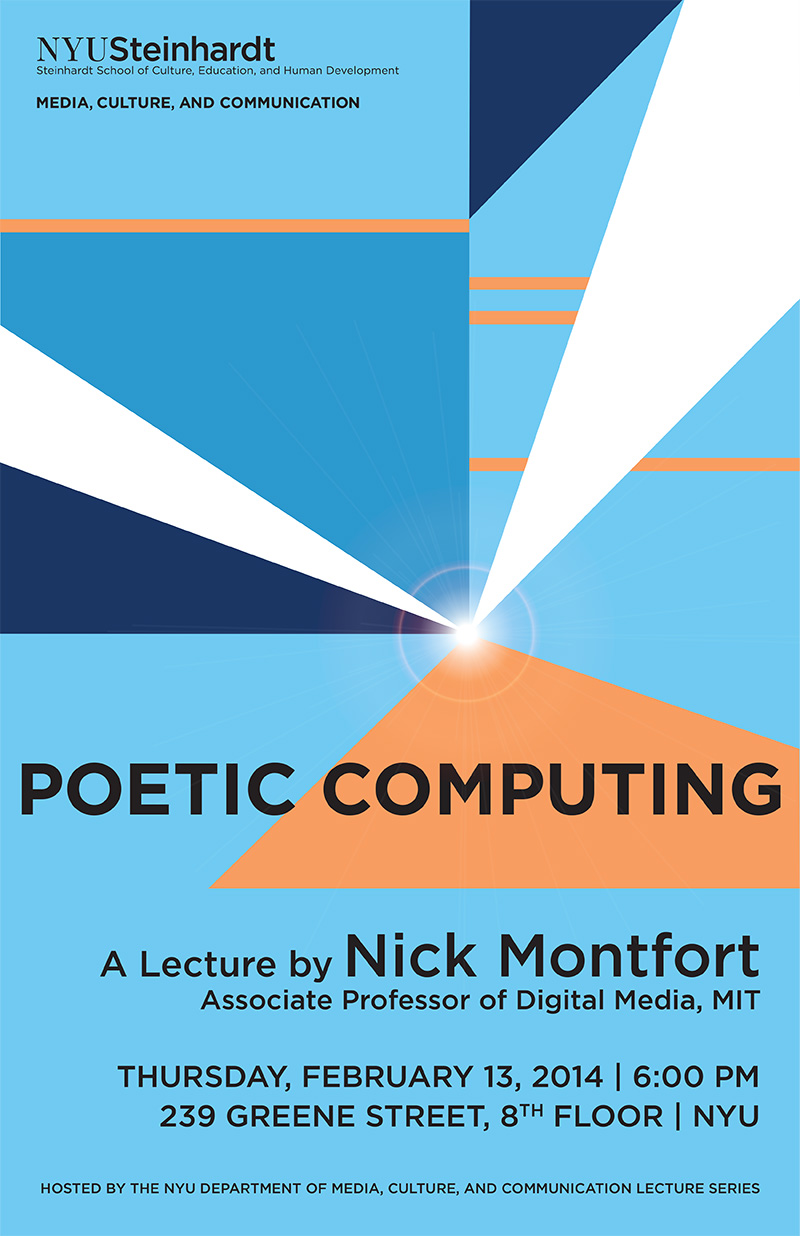Call for Participation
THE END(S) OF ELECTRONIC LITERATURE
The 2015 Electronic Literature Organization conference and festival will take place August 5-7th 2015. The conference will be hosted by the Bergen Electronic Literature research group at the University of Bergen, Norway with sessions at venues including the University of Bergen, Det Akademiske Kvarteret, the Bergen Public Library, the University of Bergen Arts library, and local arts venues. Bergen is Norway’s second-largest city, known as the gateway to the fjords, a festival city and cultural center with a lively and innovative arts scene.
DEADLINES
The deadline for submissions of research, workshop, and arts proposals is December 15, 2014.
CONFERENCE THEME
The theme of the 2015 Electronic Literature Organization conference and festival is “The End(s) of Electronic Literature.” This theme plays on several different meanings of “ends.” Topics the conference papers and works will explore include:
Is “electronic literature” a transitional term that will become obsolete as literary uses of computational media and devices become ubiquitous? If so, what comes after electronic literature?
We can also question in what sense electronic literature and digital writing practices are a means to an end. If so, what are the ends of electronic literature? What political, ideological, aesthetic, and commercial ends or purposes do works of electronic literature serve?
In recent years, projects such as the ELMCIP Electronic Literature Knowledge Base have sought to highlight the work of scholars and artists who have worked outside of the mainstream of electronic literature as it has developed as a field, for instance developing research collections based on Russian and Brazilian electronic literature. This conference will seek to shed further light on international communities and practices in electronic literature that have not been widely addressed in the critical literature of the field, those that are located at the “ends” or margins of critical discourse in the field.
Electronic literature is situated as an intermedial field of practice, between literature, computation, visual and performance art. The conference will seek to develop a better understanding of electronic literature’s boundaries and relations with other academic disciplines and artistic practices.
As a laboratory for future literary forms, the field of electronic literature must count the youngest readers among its most significant group of end-users. One strand of this conference will focus specifically on digital reading experiences made for children.
RESEARCH PROGRAM
For the conference research program we welcome contributions that address the conference themes. Most proposals will likely describe a scholarly presentation suitable for delivery in about 20 minutes, with time for questions. However we also welcome propsals for other forms of talks. At the time of proposal submission, authors will asked identify one of following presentation formats:
Paper (20 minute presentation): a presentation of a single by one or more paper by one or more authors (500 word abstract)
Panel (75 minutes): a proposal for a complete panel including separate papers on the same general topic (250 word overview plus 3-4 500 word abstracts).
Roundtable (1 hour): a group presentation of a particular topic emphasizing free-flowing discussion and audience interaction (500 word abstract).
Lightning talk (5 minutes): a short paper for a session focused on the question “What comes after electronic literature?” (250 word abstract).
Proposers must attend the conference. Speakers may not present in more than two sessions.
Presentations may include elements of demonstration or performance, as part of a discussion that goes beyond the work itself. With this stipulation, proposers are welcome to address their own work.
Submissions for the research program will be accepted from September 15th-December 15th, 2014 on Easychair: https://easychair.org/conferences/?conf=elo2015
Proposals will be peer-reviewed by the Research Program Committee. Papers will be accepted on the basis of abstracts. Although we will not require, we will encourage authors of papers accepted for the conference to make full-text versions of their papers available on the conference site prior to the conference. Authors of selected full paper submissions may be invited to contribute to a book or special issue of a journal to be published shortly after the conference. This publication opportunity will not be available to authors who do not upload their full-text papers.
WORKSHOP PROGRAM
We welcome proposals for pre-conference workshops to take place on Tuesday, August 4th at the University of Bergen.
Workshop sessions are focused on hands-on group work on a given project. For instance, working with a particular platform to learn how to use it to create works of e-lit, documenting work in a given database, sharing pedagogical models, curating electronic literature, etc. Workshops sessions are generally half-day (3 hour) or full-day (6 hour) sessions.
Proposals will be reviewed by the Workshop Program Committee and selected on the basis of their value to the e-lit community and available facilities to accommodate them.
Submissions for the workshop program will be accepted from September 15th-December 15th, 2014 on Easychair: https://easychair.org/conferences/?conf=elo2015
ARTS PROGRAM
The Arts Program provides an occasion for juried review, and extended display, performance, and presentation, of original works.
The Committee especially welcomes submissions from artists who are new to electronic literature or who are in the beginning stages of their e-literary artistic production.
The Arts program will feature several exhibitions and a performance program that coheres with the conference themes. Submissions are being accepted for the following parts of the exhibition and performance program:
Hybridity and Synesthesia: Beyond Peripheries of Form and Consciousness
This aspect of the program will emphasize works, particularly installations, that push at the edges of literature and other forms, and that appeal to other aspects of the sensorium than those we typically associate with reading. Works for example that involve haptic sensation, touch-based interactivity, innovative audio elements, interactive images, or locative technologies.
Interventions: Engaging the Body Politic
This exhibition will feature works that engage with contemporary cultural discourse and political reality, challenging audiences to consider digital artifacts and practices that reflect and intervene in matters of the environment, social justice, and our relation to the habitus.
Decentering: Global Electronic Literature
While there are strong centers of activity in electronic literature in North America and Western Europe, innovations in digital textuality are also taking place in Eastern Europe and in the Southern hemisphere. This exhibition will focus on these lesser-known phenomena.
Kid-E-Lit: Digital Narratives for the Young
The first generation of digital natives is finding a plethora of apps and interactive digital narratives made for their iPads and computers, perhaps learning how to think in a new digital vernacular. This exhibition will focus on innovations in digital reading experiences for children.
Screening Room: E-Lit Film Festival
The first ELO film festival will feature films that have been produced recently about electronic literature and related practices, and will also include screenings of types of digital literature that benefit from sustained watching, such as poetry generators and kinetic poetry.
End(s) of Electronic Literature Performances and Readings
This aspect of the program will feature live readings and performances of works of electronic literature. Authors are encouraged to think broadly about modes of performance, ranging from traditional readings to more theatrical styles of presentation, and to consider opportunities for site-specific interventions in public space.
Submissions for above parts of the Arts program will be accepted from September 15th-December 15th on Easychair: https://easychair.org/conferences/?conf=elo2015
ELC3 Preview Exhibition
Volume 1 (2006) and Volume 2 (2011) of the Electronic Literature Collection have been influential anthologies that helped shape the field. Volume 3 (2016) is now open for submissions. This exhibition will feature selected works from the latest instantiation of this important publication. The editors of ELC3 will curate this selection. To submit work for the ELC3, see: http://eliterature.org/2014/08/announcing-the-elc3 (ELC3 submission deadline Nov. 5, 2014)
Selections will be made via a two-step jury review process. Members of the arts program committee will first review submissions, and then curators for each track of the program will select works from among those ranked most positively by the committee. Final selections will depend on available resources and constraints of individual venues.
See Submission Guidelines for further details.
ORGANIZATION
Conference Chair: Scott Rettberg
Research Program Chair: Jill Walker Rettberg
Arts Program Chair: Roderick Coover
Research Program Committee: Espen Aarseth, Daniel Apollon, Sandy Baldwin, Laura Borras Castanyer, Yra van Dijk, Maria Engberg, Nina Goga, Dene Grigar, Davin Heckman, Raine Koskimaa, Nick Montfort, Søren Pold, Øyvind Prytz, Hans Kristian Rustad, Jessica Pressman, Eric Dean Rasmussen, Scott Rettberg, Alexandra Saemmer, and Joseph Tabbi.
Workshop Program Committee: Deena Larsen, Marjorie C. Luesebrink, and Patricia Tomaszek.
Arts Program Committee: Simon Biggs, Philippe Bootz, Serge Bouchardon, Kathi Inman Berens, JR Carpenter, Mark Daniels, Anne Marthe Dyvi, Natalia Fedorova, Leonardo Flores, Chris Funkhouser, Dene Grigar, Claudia Kozak, Talan Memmott, Maria Mencia, Judd Morrissey, Scott Rettberg, Stephanie Strickland, Rui Torres, Michelle Teran, and Jeremy Welsh.
PLEASE CIRCULATE
If you know of friends, colleagues, or organizations not aware of ELO or this conference, please feel free to circulate this Call. A PDF version is available.
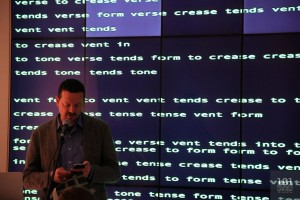


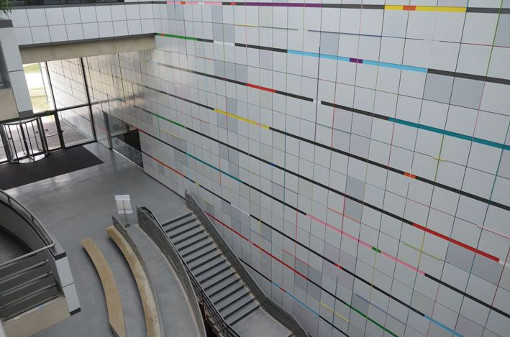
 This Monday (2014-05-05) the Purple Blurb series of Spring 2014 presentations will conclude with a talk by Jill Walker Rettberg on a pervasive but still not well-understood phenomenon, the types of digital writing, tracking, photography, and media production of other sorts that people do about themselves. Her examples will be drawn from her own work as well as from photobooths, older self-portraits, and entries from others’ diaries.
This Monday (2014-05-05) the Purple Blurb series of Spring 2014 presentations will conclude with a talk by Jill Walker Rettberg on a pervasive but still not well-understood phenomenon, the types of digital writing, tracking, photography, and media production of other sorts that people do about themselves. Her examples will be drawn from her own work as well as from photobooths, older self-portraits, and entries from others’ diaries. This Monday (2014-04-28) Purple Blurb is proud to host a screening and discussion of narrative video art work done in collaboration with Roderick Coover, including _The Last Volcano, Cats and Rats, Three Rails Live,_ and _Toxicity._ (The last two are combinatory pieces; _Three Rails Live_ is a collaboration between Coover, Rettberg, and Nick Montfort.) These pieces deal with personal and global catastrophes and are written across languages, with one of the voices in _Cats and Rats_ in (subtitled) Norwegian. They continue Rettberg’s work on novel-length electronic literature projects and his frequent collaboration with others.
This Monday (2014-04-28) Purple Blurb is proud to host a screening and discussion of narrative video art work done in collaboration with Roderick Coover, including _The Last Volcano, Cats and Rats, Three Rails Live,_ and _Toxicity._ (The last two are combinatory pieces; _Three Rails Live_ is a collaboration between Coover, Rettberg, and Nick Montfort.) These pieces deal with personal and global catastrophes and are written across languages, with one of the voices in _Cats and Rats_ in (subtitled) Norwegian. They continue Rettberg’s work on novel-length electronic literature projects and his frequent collaboration with others.